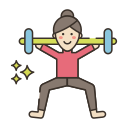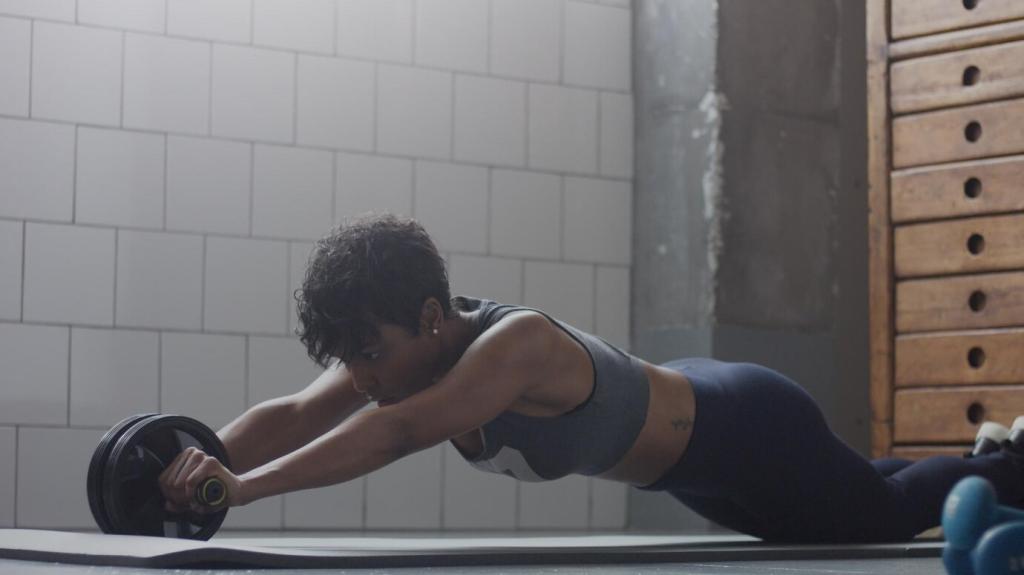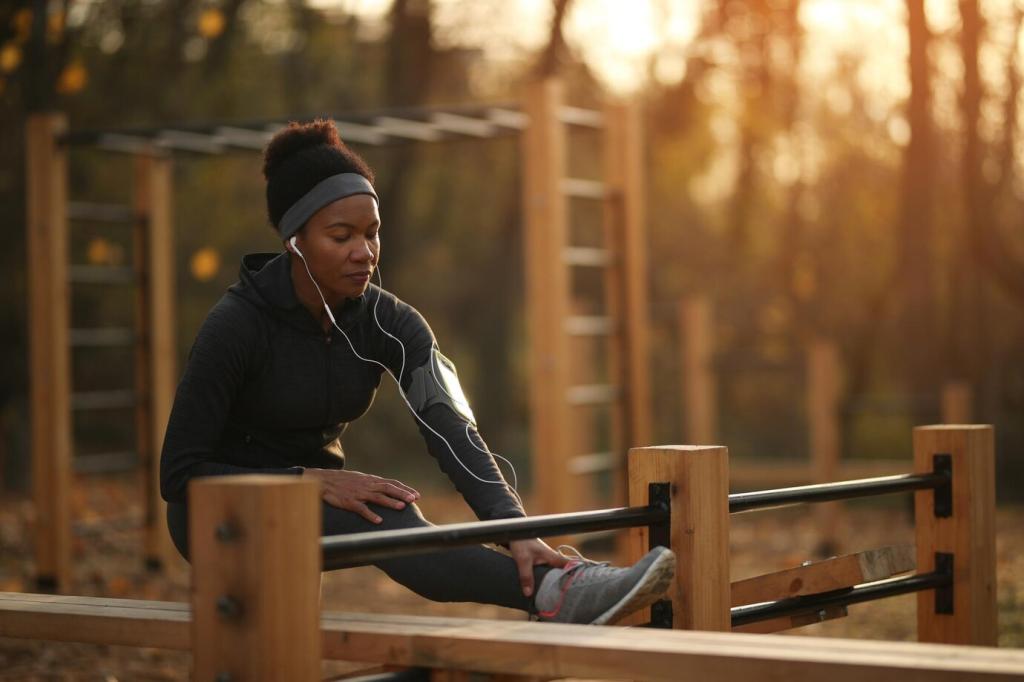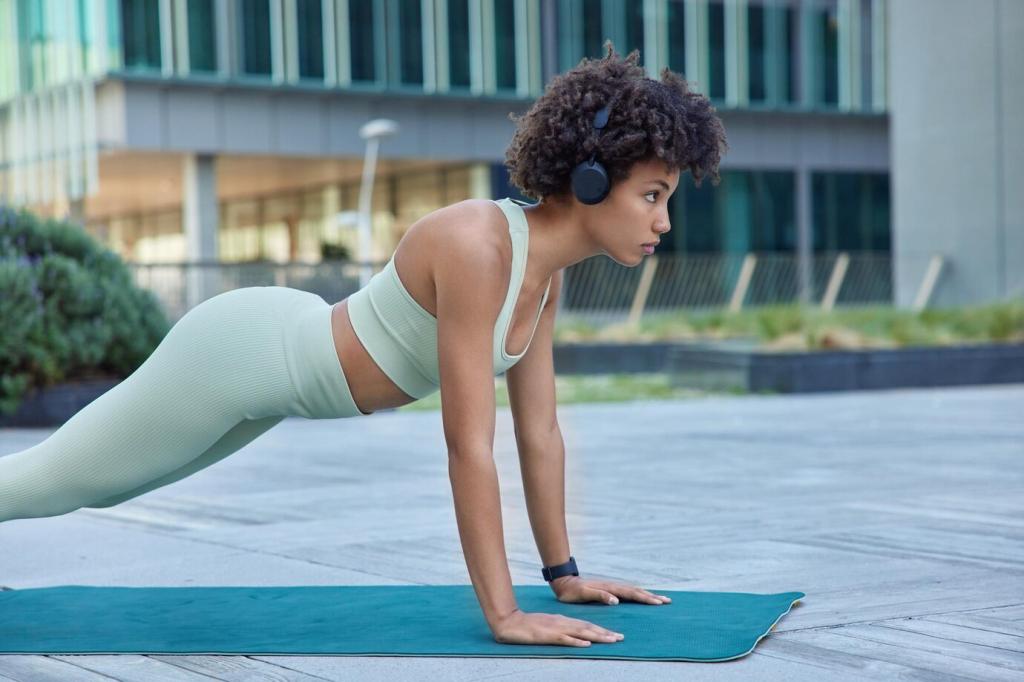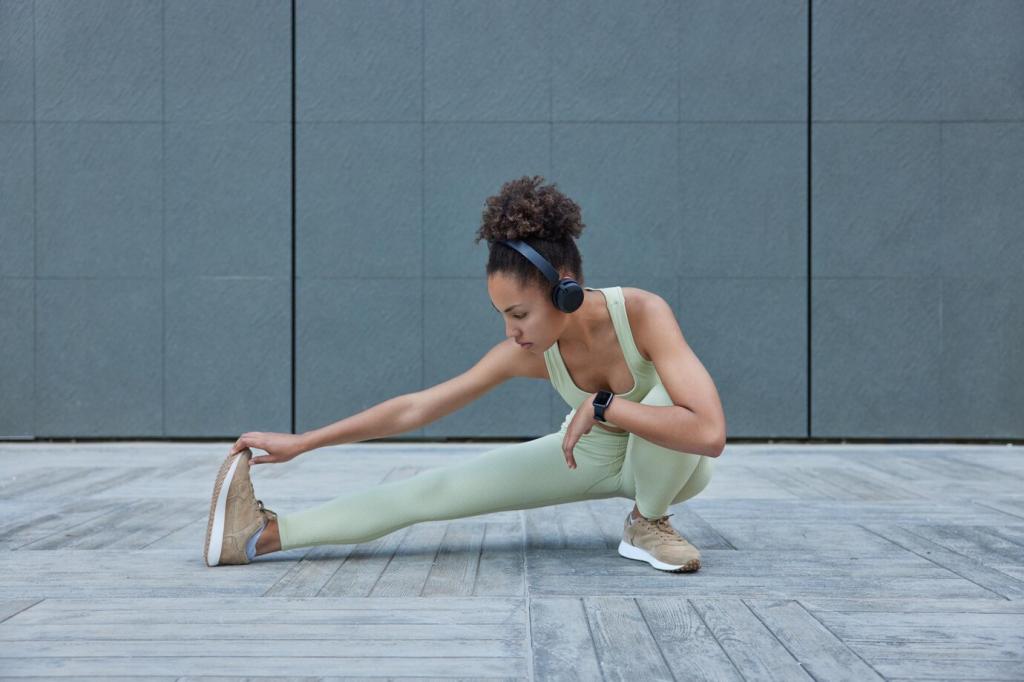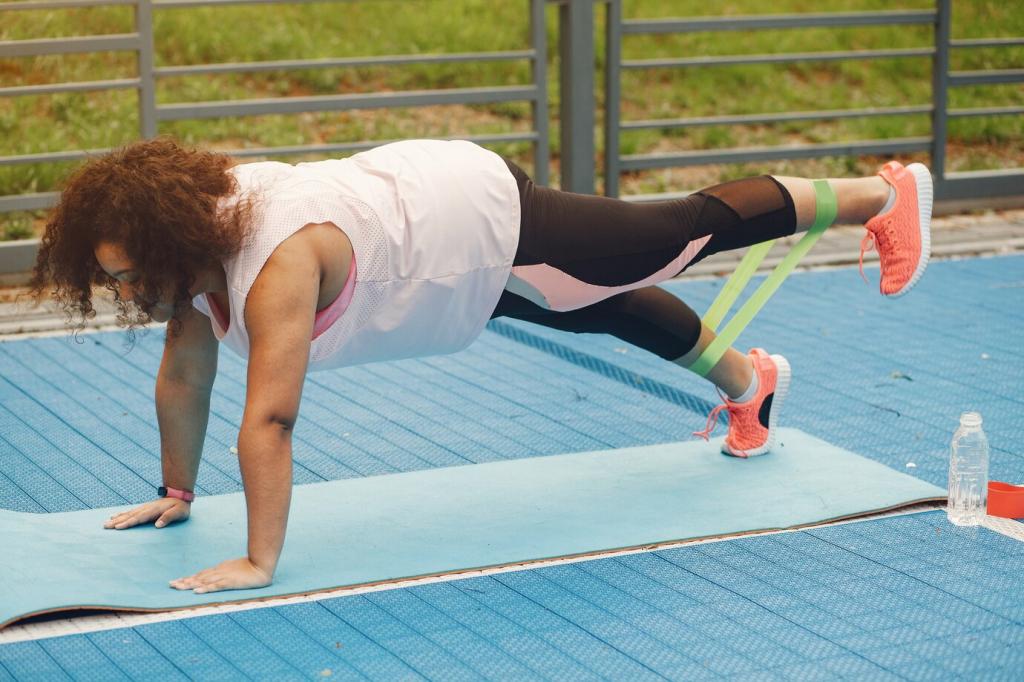Track Progress Without Obsession
Each week, note one improvement in strength, stamina, skills, body measurements, or mood. Maybe stairs feel easier or push-ups look cleaner. Post your 5-S win in the comments, and cheer someone else’s—engagement magnifies motivation for all beginners here.
Track Progress Without Obsession
Take a relaxed photo every two weeks and keep a simple workout log. Patterns emerge; confidence rises. You’ll spot better posture or energy before the scale moves. Subscribe to get our printable beginner log that aligns with your fitness goals and strategies.
